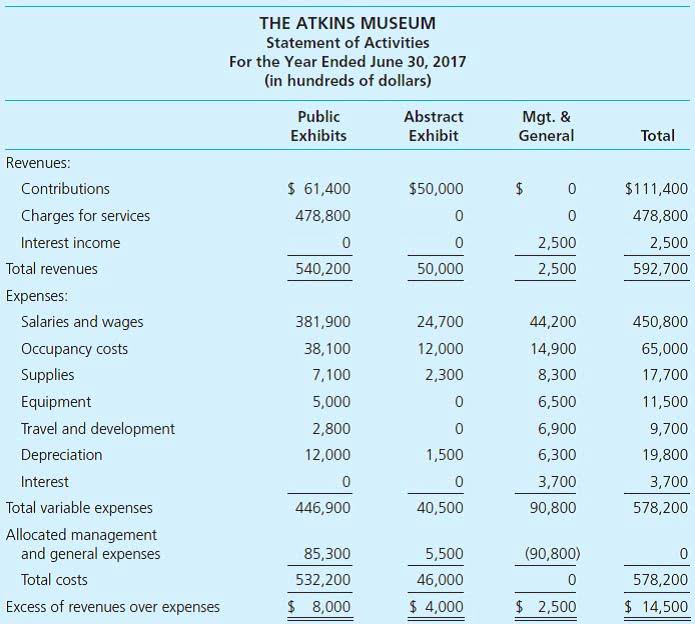Bookkeeping
What is Cash Flow in Real Estate?

The idea is to invest in real estate assets that generate regular cash distributions in the form of rent payments. Cash flow is an important metric with income-producing properties as it reflects the difference between the property’s income and its debt and operating expenses. Understanding cash flow in real estate is crucial to keeping your real estate business afloat and HVAC Bookkeeping scaling. Cash flow in real estate is the movement of money in and out of your property.
- One of these is the Percent Rule, which suggests that the monthly rent should be at least 1% of the purchase price.
- It includes the revenue the property generates, mostly from rent, and the expenses incurred while running it.
- For example, we have our own in house property management team so we typically insource this responsibility, driving cost savings and improved cash flow for our investors.
- Learn how cash flow real estate can help you achieve financial freedom and build wealth.
Risks and Challenges of Cash Flow Real Estate Investing
Property management can become challenging if you own multiple properties or have other commitments. Consider hiring a professional property management company to alleviate the management burden. Efficient property management can streamline operations, reduce vacancies, and increase cash flow. Consider hiring a professional property management company to handle tenant-related issues, property maintenance, and administrative tasks. Proper management ensures timely rent collection, property upkeep, and proactive tenant communication.

Reduce Operating Expenses:

Interpreting the results of a real estate DCF model transforms calculations into actionable insights. This step evaluates the feasibility and attractiveness of a property investment beyond the final valuation figure. Constructing a real estate DCF model involves forecasting cash flows, discounting them to present value, and summarizing the valuation. For instance, unlike EBITDA, which accounts for non-cash items like depreciation, NOI focuses solely on real estate’s operating profits. This makes NOI more contribution margin suitable for real estate analysis but less thorough for overall business valuations.
An Investor’s Guide to Levered IRR

Investing in cash flow real estate provides the opportunity to generate consistent income, build long-term wealth, and achieve financial freedom. By understanding the concept of cash flow, evaluating market conditions, and implementing effective strategies, investors can maximize the potential of their real estate investments. Cash flow real estate investments provide a steady and passive income stream. In real estate terms, cash flow is the byproduct of owning cash flow real estate definition a rental property and leasing it to tenants for a monthly rental income. To elaborate on this, real estate investors look for rental properties reaping positive cash flow returns, or, in other words, they invest in positive cash flow properties. Thorough research and due diligence before buying an investment can easily ensure a property’s cash flow is positive.

- Additionally, maintaining a healthy cash reserve can improve the investor’s purchasing power and create more significant opportunities for acquiring new properties in the future.
- Regularly review and adjust these strategies based on market conditions and tenant needs to optimize cash flow and achieve long-term success in real estate investing.
- This process incorporates market research, historical data, and economic indicators.
- Research local rental market conditions to determine typical vacancy rates in the area.
- This metric strips away non-operational costs, allowing you to focus on what truly matters.
- The most obvious way to increase cash flow is to increase the amount of rent on your property.
- Conduct thorough market research, diversify your portfolio, and adopt proactive strategies to mitigate the impact of economic fluctuations.
Forecasting CapEx involves understanding the property’s condition and lifecycle, often using inspection reports and historical data. It is vital to distinguish between deductible repairs and capital improvements, as outlined in tax codes, and align these investments with financial reporting standards like GAAP or IFRS. A comprehensive understanding of cash flow components is essential to executing a robust real estate DCF analysis. These elements, which include rental income, operational expenses, and capital expenditures, directly influence property valuation.

